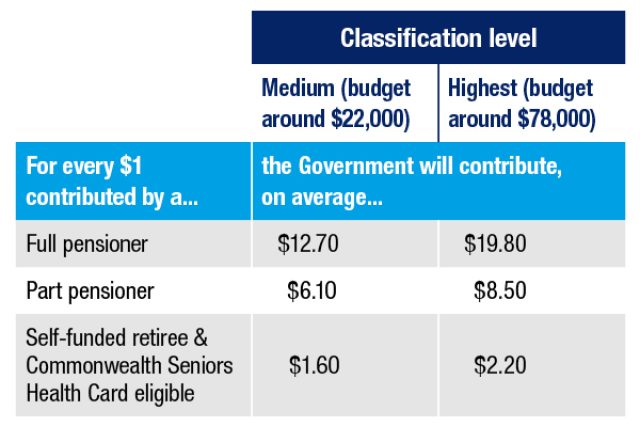Planning is key as SMSFs enter new phase

Self-managed superannuation funds (SMSFs) have long been associated with older Australians and small business owners looking for greater control over their retirement savings.
But recent data suggests the sector is undergoing a quiet transformation.
Alongside tax reforms and persistent compliance challenges, younger people are slowly moving into the SMSF space. While 85 per cent of SMSF members are 45 years or older, there’s been significant growth in members aged between 25 and 34 years from just 2.4 per cent two years ago to around 10 per cent now.i
Almost 8,000 new SMSFs were established in the three months to the end of March 2025 with the number of new members increasing by 13,000. Australia’s SMSFs hold an estimated $1.02 trillion in assets with 26 per cent invested in listed shares and 16 per cent in cash and term deposits.ii
A new tax era
The new Division 296 super tax, due to apply from 1 July 2025, is aimed at those with total superannuation balances exceeding $3 million. An extra 15 per cent tax will apply to earnings on the portion of a member’s balance above $3 million, effectively lifting the tax rate on those earnings to 30 per cent.
What makes Division 296 particularly contentious is the inclusion of unrealised gains. For example, a share portfolio the SMSF holds has seen positive returns. Trustees may face tax liabilities on paper profits, even if assets haven’t been sold. This may cause issues for SMSFs holding illiquid assets such as property or farmland that has increased in value.
SMSF Australia and other industry bodies have raised concerns about fairness, complexity and the potential for unintended consequences.
Trustees with high balances should begin planning now before 30 June 2026, to consider asset rebalancing, contribution strategies and the timing of withdrawals. SMSF Australia recommends obtaining advice about your specific circumstances.iii
The advice gap
Despite the increasing complexity of SMSF regulation, the vast majority of trustees continue to operate without professional advice. While the number of SMSFs using financial advisers has grown to 155,000, up from 140,000 in 2023, some 483,000 are not using a financial adviser.iv
This could lead to costly mistakes, especially when navigating contribution caps, pension strategies or related-party transactions. SMSF Australia says that while there’s no legal requirement to obtain advice from a licensed financial planner, “unless you have the skills and expertise to do this yourself, it is certainly conventional wisdom to do so”.v
The compliance burden
Every SMSF must undergo an annual audit by an approved SMSF auditor. This includes verifying the fund’s financial statements and ensuring it is compliant with super laws. Trustees are also required to value all fund assets at market value as at 30 June each year, using objective and supportable data.
For property and other complex assets, valuations can be time-consuming and costly. The ATO recommends using qualified independent valuers when assets represent a significant portion of the fund or are difficult to assess. Auditors may request evidence such as comparable sales, agent appraisals or formal valuation reports.vi
Failure to maintain accurate records or provide sufficient documentation can result in audit delays, contraventions or penalties. Trustees must also ensure their investment strategy is regularly reviewed and documented, particularly when starting pensions or making significant contributions.
Looking ahead
As the SMSF sector evolves, trustees face a dual challenge: adapting to new tax rules and maintaining rigorous compliance. For those considering an SMSF – or already managing one – the message is clear. Getting financial advice can give you peace of mind when the rules are regularly changing.vii
With Division 296 to contend with and a younger demographic stepping in, the sector is poised for both growth and greater scrutiny.
Whether you’re a seasoned trustee or just starting out, now is the time to review your fund’s structure, seek expert guidance and ensure your paperwork is in order. The future of SMSFs may be more dynamic than ever, but it will also demand greater diligence.
Contact us if you have any questions.
i Highlights: SMSF quarterly statistical report March 2025 | Australian Taxation Office
ii Self Managed Superannuation Funds – SMSF quarterly statistical report March 2025 – Data.gov.au
iii Understanding Div296 I How will taxation of unrealised gains work
v What are the rules for Financial Planners giving SMSF Advice? – SMSF Australia
vi SMSF administration and reporting | Australian Taxation Office









